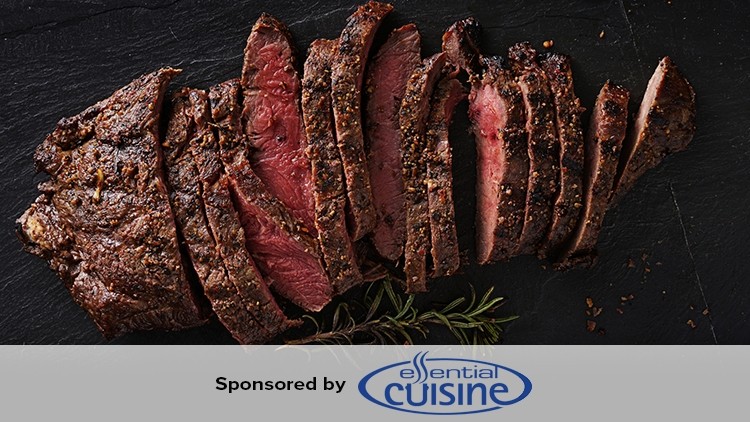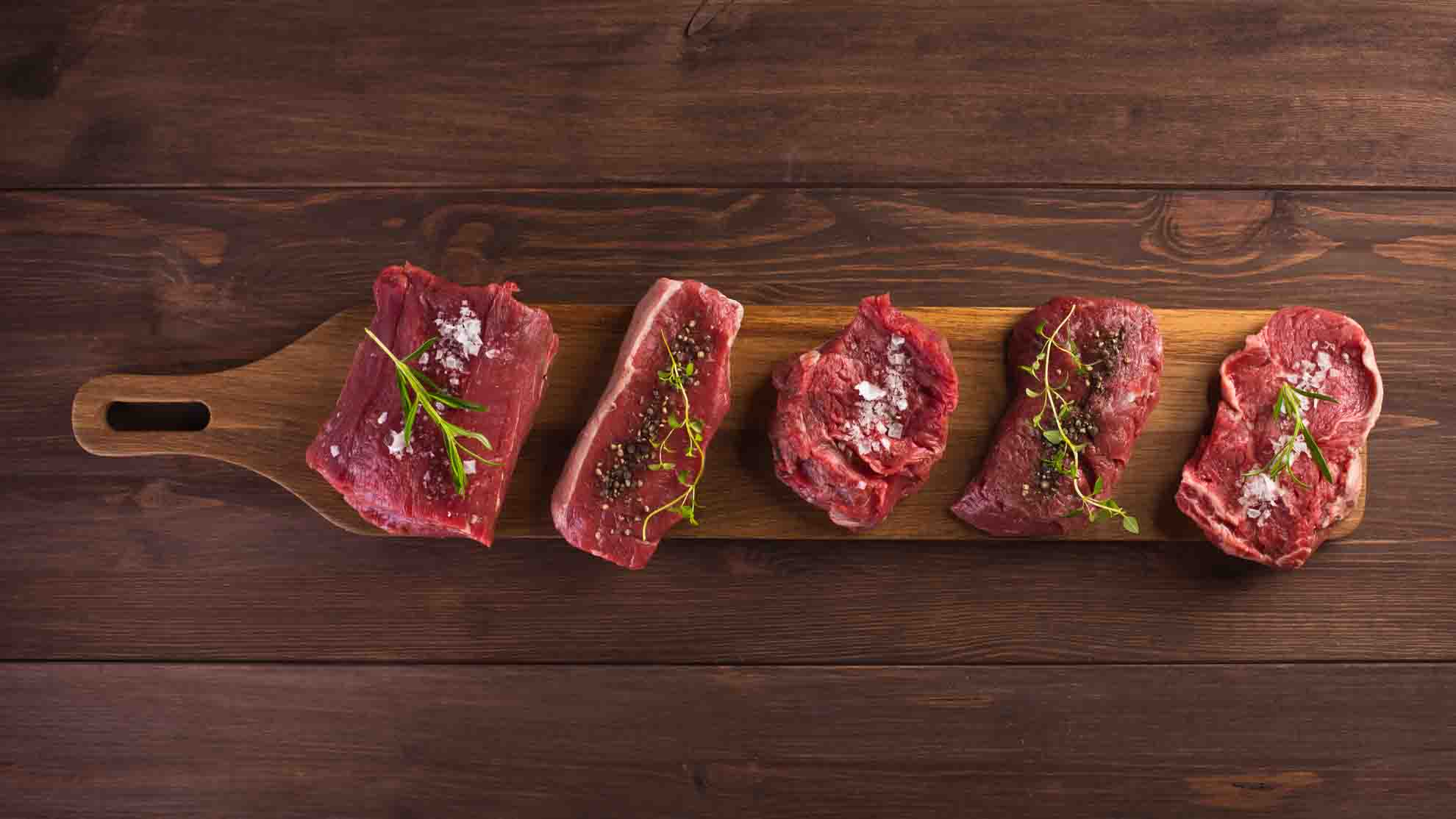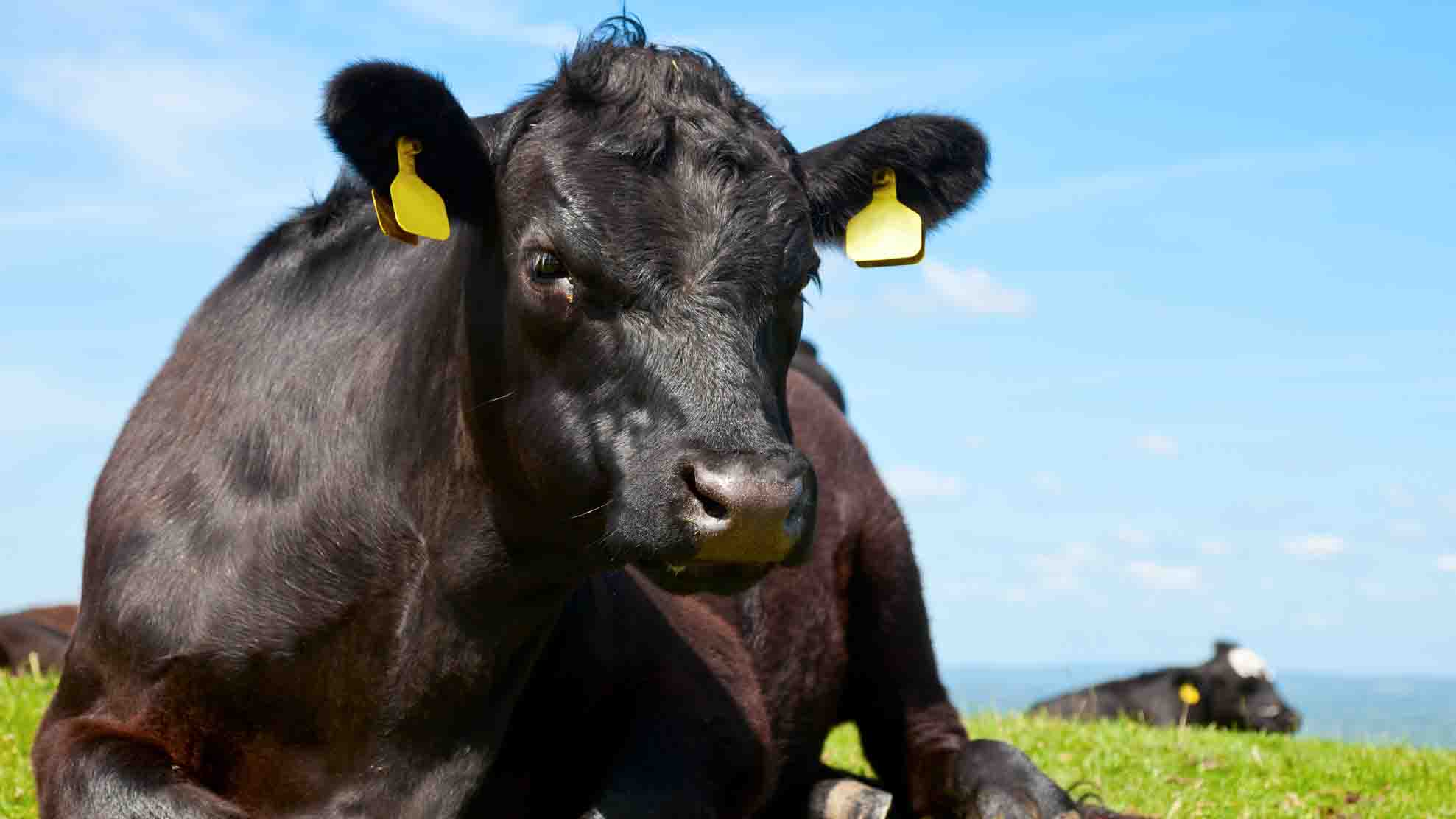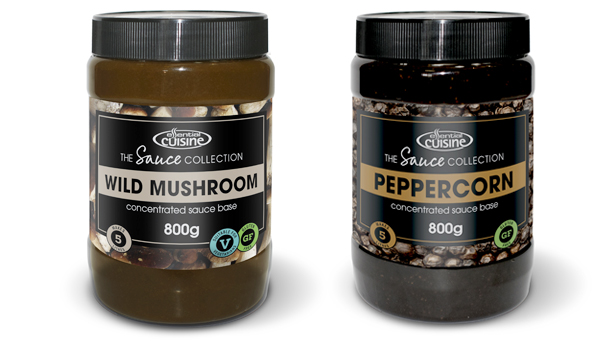How to turn beef into a cash cow

Steak is more popular than ever. Homegrown specialist restaurants including Hawksmoor and Flat Iron are currently expanding across the UK and the country has also welcomed a number of international players in recent years including Smith & Wollensky, STK and Wolfgang Puck’s Cut.
Non-specialist restaurants and pubs of all shapes and sizes are taking their steak offering more seriously as consumers become ever more demanding. Yet despite its popularity, making money from steak can be a challenge.
With conflicting and often confusing advice on which breeds, from which county, make for the best meat, it can be hard to know which steaks you should be serving. High meat prices and transport costs also mean margins on steak can be tight, making careful sourcing, clever pricing and upselling essential.
Breeds and sourcing
There are numerous types of beef cattle, and a number of countries that produce top quality beef. Which you choose - and from where - is largely down to personal preference. Some restaurants stick to one breed, while others place more focus on the country of origin, where the environment and feed have an impact on the overall flavour.
The good news is that the UK produces some great beef. Both English and Scotch tends to be dry aged and is nearly always grass fed (more on that later). Being relatively close to suppliers means a low carbon footprint and a good provenance story for operators.
But there are a number of other countries that produce brilliant beef. UK restaurants are increasingly looking across the pond to add a point of difference to steak offerings. The product is famed for its consistency and high marbling levels.
Other steak producing countries worthy of your attention include Argentina (grass-fed and nearly always wet-aged); Japan (extremely high quality and expensive, often has exceptional marbling); and Australia (high standards and some more cost-effective takes on Japanese-style beef).
Corn versus grass
While British cows are typically grass fed, US cattle are normally corn finished. Corn-fed animals are initially put out to pasture but finished on a corn diet around three months before slaughter. Grass-fed animals graze on grass all year round, either on pasture or on hay during the winter. Opinions are split on which is the best approach. As a result, of their diet. US cattle fatten up more quickly, which grass-fed fans deride as a way of speeding up a process for financial gain rather than taste. The corn-fed argument rests on the diet creating a more marbled and tender steak.
Cutting it fine
Most consumers and restaurants still default to obvious, premium steak cuts. Cuts from the fillet (including chateaubriand and mignon) are usually the priciest followed by the likes of rib-eye and sirloin. When cooked properly rump can be an excellent and relatively good value option. It’s a hard-working muscle so expect a bit of chew, but it has great flavour.
It can be tough to make more premium cuts work financially because they need to be priced very high to allow restaurants to make the margins they make from other foods. Most specialist steak restaurants will drop their GP on their most premium cuts and concentrate on the amount of cash they can make on each sale. It’s a bit like fine wine - restaurants don’t charge the same GP on a £200 bottle of wine than they do on the house red.

Cheaper or less familiar steak cuts that carry better margins also help restaurateurs make more money from their steak, and are useful for local restaurants, pubs and brasseries where customers are often less particular about what they want.
Some butchers and organisations have created all new cuts with seam butchery techniques (the breaking down of the carcass by cutting along the natural seams between muscles rather than cutting across multiple muscles). This allows restaurants to serve parts of the animal that would normally be reserved for braising and mincing as quick cooking cuts in some cases. Some chefs are even using waterbaths to render tough cuts tender whilst still retaining a steak-like eating quality.
More traditional but cheaper cuts such as onglet (a cut from near the lower belly of the animal) and bavette (AKA skirt steak) are also an option but require an increased skill level to cook properly. In the right hands they can be fantastic, and are a particularly good fit for set menus.
Choosing the right cooking method
There are three main options for cooking steak – pan frying, gas grilling or cooking over charcoal. The general rule of thumb is that the more delicate cuts, in particular fillet, should be pan-fried while hardier, fattier cuts are better suited to grilling. Charcoal grilling has become increasingly popular over the last decade or so, thanks in part to the arrival of the Spanish-made Josper grill. The charcoal powered kit is a hybrid between a grill and an oven and can cook steaks extremely quickly, creating a good char on the outside before the middle of the product is overcooked.
Quality sells
Whatever the provenance of your beef and the cut and cooking technique you choose, the best way to make money from steak is to have people come back for more. Whether you run a steak house or a pub with only one or two steaks on offer, as the go-to dish for many people and more often the not the most expensive dish on the menu, the quality of your steak says a lot about you.
A question of saucing
Essential Cuisine has launched a two-strong range of classic steak sauces that can help chefs save valuable time in the kitchen and give restaurants and pubs a highly profitable upsell opportunity.
The new flavours, Wild Mushroom and Peppercorn, have been created by the British company’s development chefs using high quality ingredients. They are the first new products to emerge from the company’s new Innovation Kitchen opened last year. Both are supplied in a concentrated liquid format, kitchens simply need to mix with water and fresh double cream before serving.
With operators looking to recoup margin from profitable starters and side dishes, Essential Cuisine’s new sauces can add £55 per jar to the bottom line. One 800g jar plus 600ml of fresh double cream results in a yield of five litres of product.
For those that prefer the personal touch, the range has been created to play into the hands of skilled chefs and carry additional ingredients. However they are served, kitchens can reap the rewards of profitable customer favourites – recent research has revealed Peppercorn (44%), Wild Mushroom (18%) as the top two sauces for steak.
Able to be stored ambient for 12 months, even once opened, Essential Cuisine’s new Sauce Collection is also gluten-free.
“Offering incremental sauces and sides as accompaniments to protein, gives operators a big up-sell opportunity, helping to offset margin squeezes elsewhere on menus,” says Essential Cuisine managing director Nigel Crane. “Our duo of new products presents chefs and kitchens with the perfect opportunity to drive increased menu margin, safeguard quality and consistency, save time, offer up classic flavours we know consumers love, and still get down to the business of creativity. We couldn’t be prouder that this range is the first to emerge from our Innovation Kitchen – watch this space for more additions to the collection soon.”
For more information on the Essential Cuisine range call 01606 541490 or visit www.essentialcuisine.com































